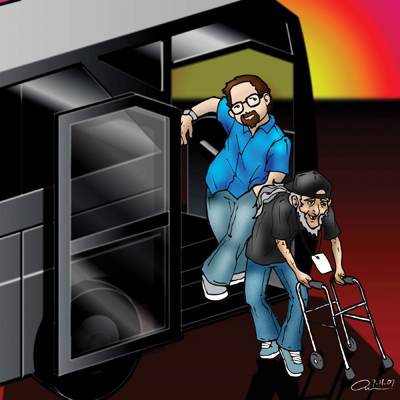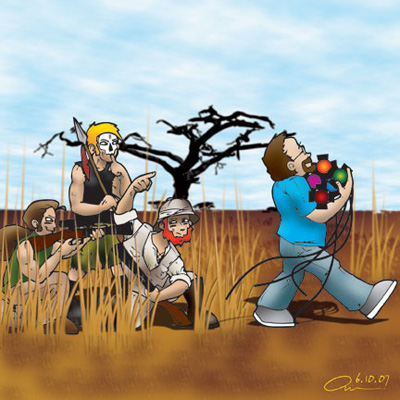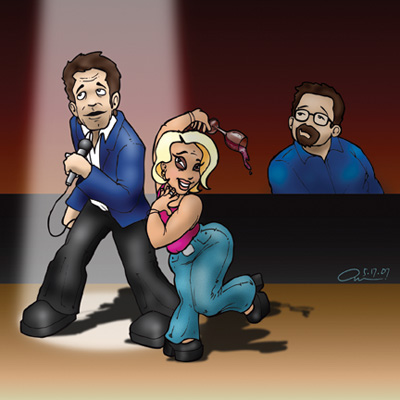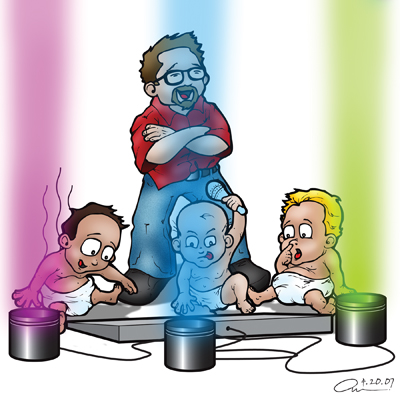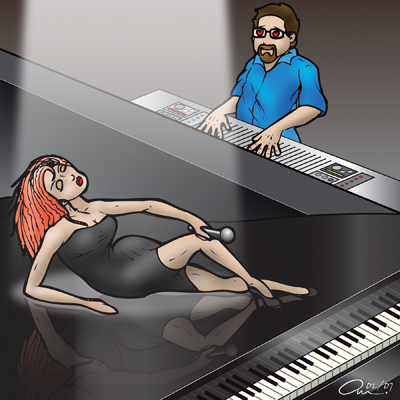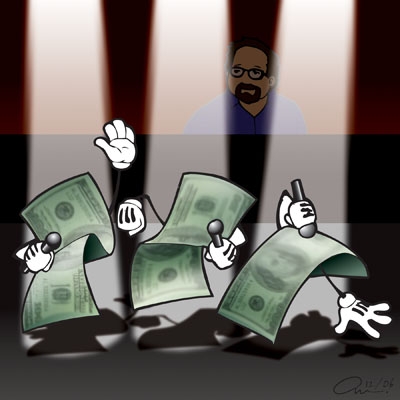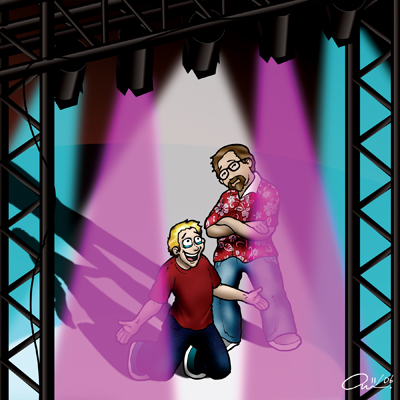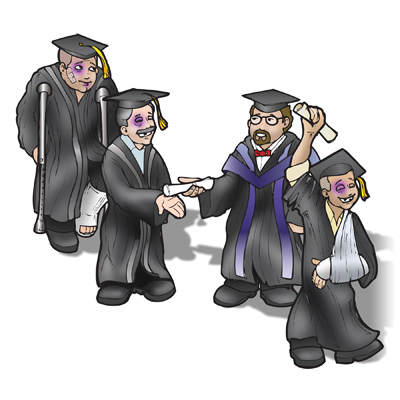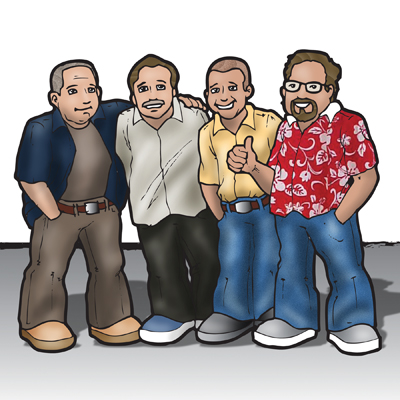Life on the Road: Getting In and Getting Out
I spend a lot of time traveling, but I’m home a lot more often than I was when I toured the world with rock bands. I’m frequently asked by lots of young folks how to get into the road business. But lately, I’ve been asked by older people a more important question: How do you get off the road?
